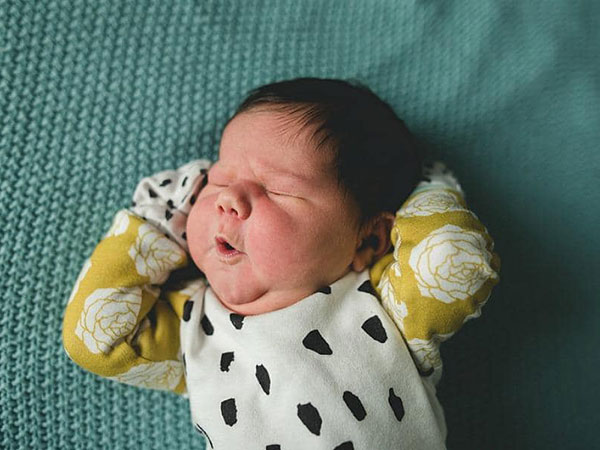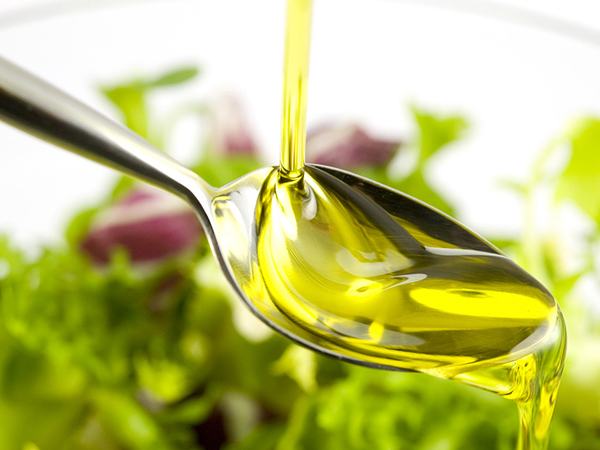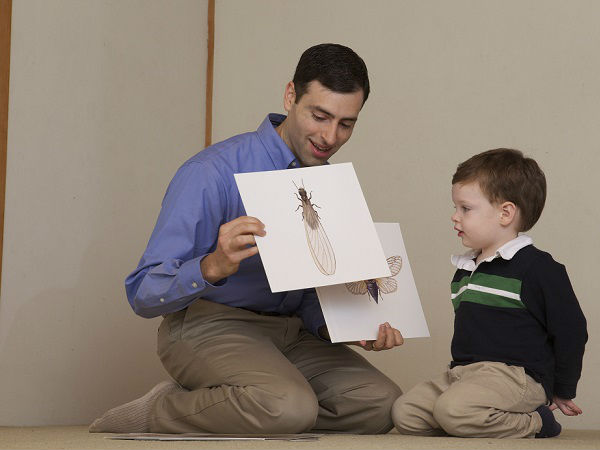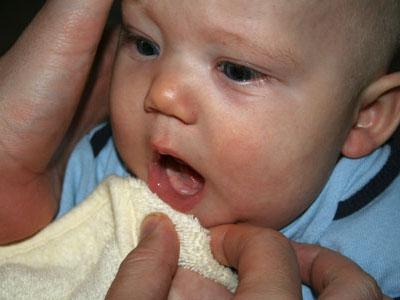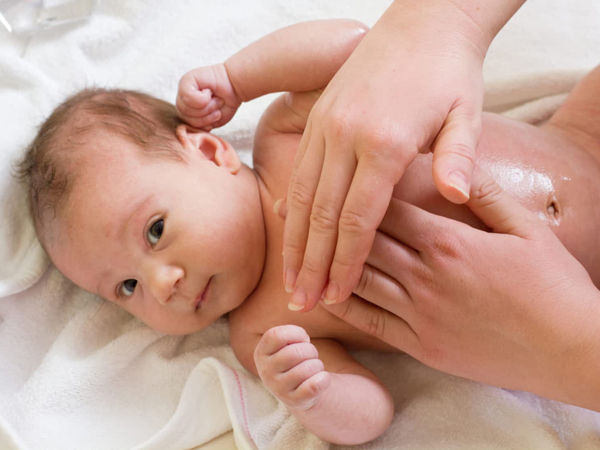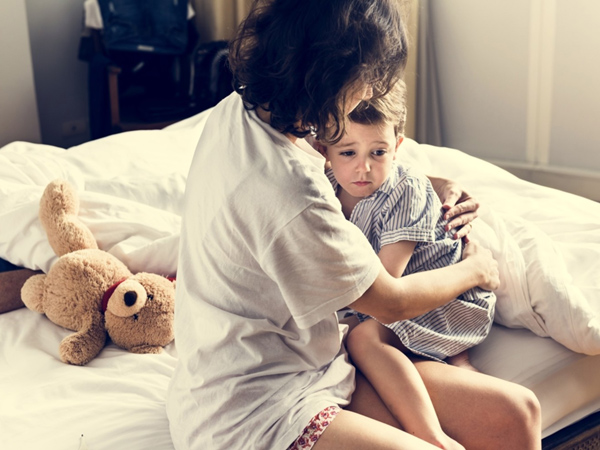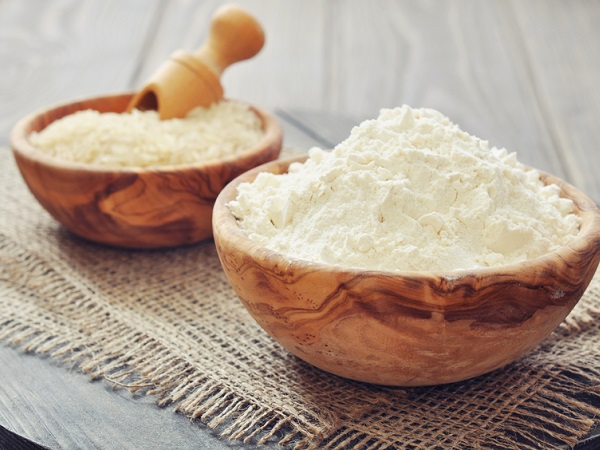It is not possible to equip yourself with an absolute sterile kitchen or a high-quality sterilization machine, but with some of the following food safety and hygiene principles, dishes you prepare for your baby will safety and quality much more
In addition to concerns about food containing pesticides or harmful chemicals, mothers with young children are also having a headache because of food hygiene and safety issues. Cooking your own baby food at home will certainly be more delicious and nutritious than processed flour on the market. However, if the safety rules are not followed, the risk of "contaminating" the baby's food will be higher. So, no matter how urgent, the mother should pay special attention to the following safety rules.
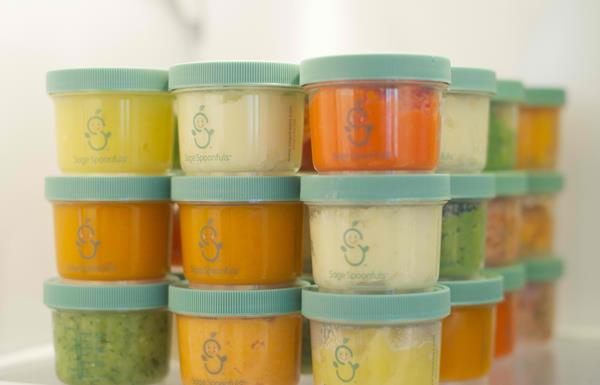
Compliance with safe cooking rules will help mothers ensure the quality of food for babies
1 / Hand hygiene and processing tools
Washing your hands well with soap is the first and most basic thing before preparing baby foods. In addition to hands, mothers should also clean the utensils in the kitchen that will be used such as table tops, pots, cutting boards, grinders ... Ideally, use natural antibacterial dish soap. Do not share cutting boards to cut meat, vegetables, and fruit. In particular, use a separate cutting board when preparing raw and cooked foods. It is safer to use a wooden cutting board than a plastic one, as it will remove bacteria more easily.
2 / Preliminary processing of vegetables and fruits
Before using, vegetables and fruits should be washed, especially the skin. Even if using organic ingredients, you should also wash it before processing. Wash the vegetables under running water, which can be soaked in salt water or vegetable cleaning solution for 5-10 minutes. With fruit, mothers should wait to drain, peel, remove the core and seeds before cooking. Bananas and avocados do not need to be cooked in the wake of solids, even for 6 month old babies .
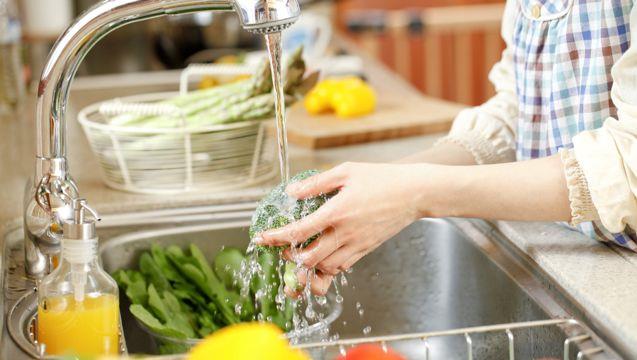
Wash vegetables directly under running water to remove bacteria and harmful chemicals
3 / How to process meat?
Mom needs to wash her hands clean right from the preparation and handling of meat. If necessary, gloves can be worn to make sure. In particular, before moving from pre-processing meat to preparing another dish, you should wash your hands again, especially for products such as poultry, eggs.
Meat should be divided before storing in the refrigerator. When needed, only the desired portion of meat should be thawed at a time. Absolutely do not allow infants to eat raw or undercooked meat, poultry, fish and eggs.
To ensure maximum safety for meat dishes such as poultry, red meat and fish, mothers need to note the following:
- Do not leave raw or cooked food outside at room temperature for more than 2 hours
Frozen foods should not be thawed and then re-frozen without over cooking
Frozen foods should be stored at 0 degrees C or lower
- baby's food travelers only just cooked or processed documents are written should be stored in the refrigerator and not over 48-72 hours before storage or frozen
Frozen foods have different expiry dates. Ideally, baby's frozen food tablets should be taken within 1 month.

8 super delicious meat recipes for baby food Although it contains many proteins, minerals and vitamins essential for children's development, but meat is more difficult to digest and process than vegetables and fruits. So, should you add meat to the first stage for baby food?
